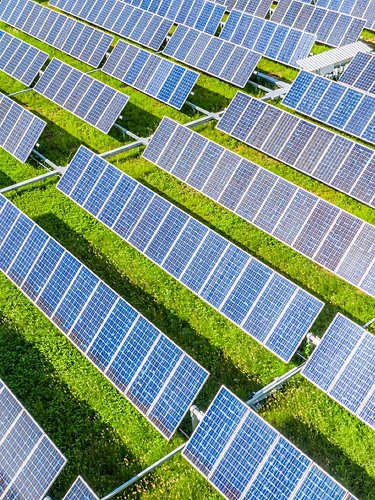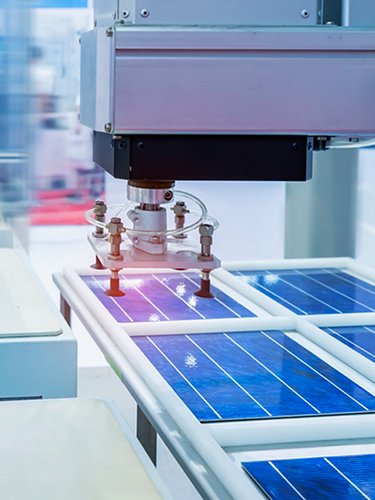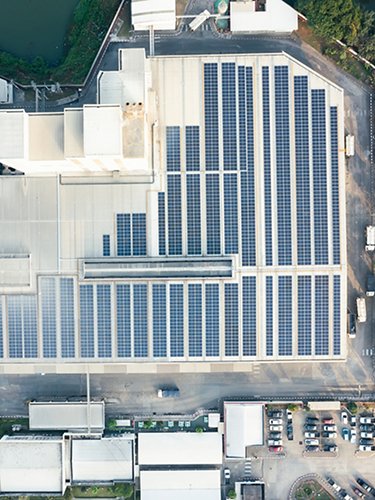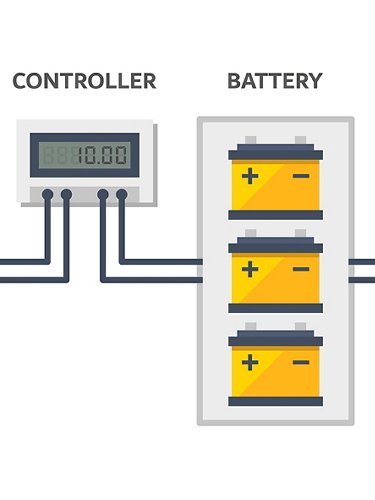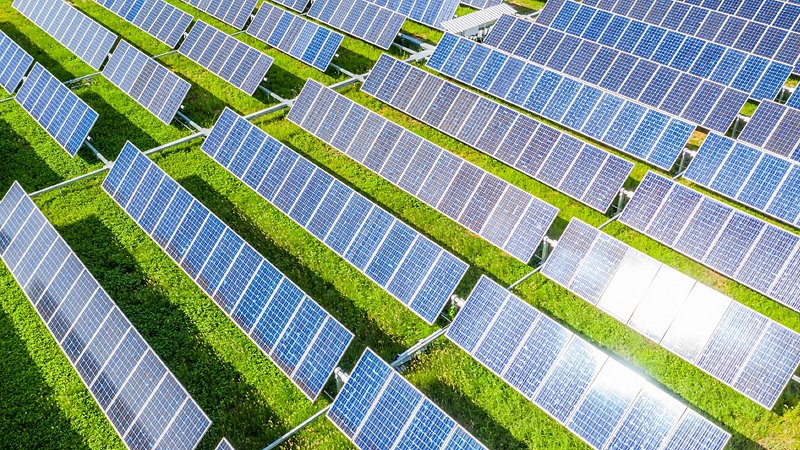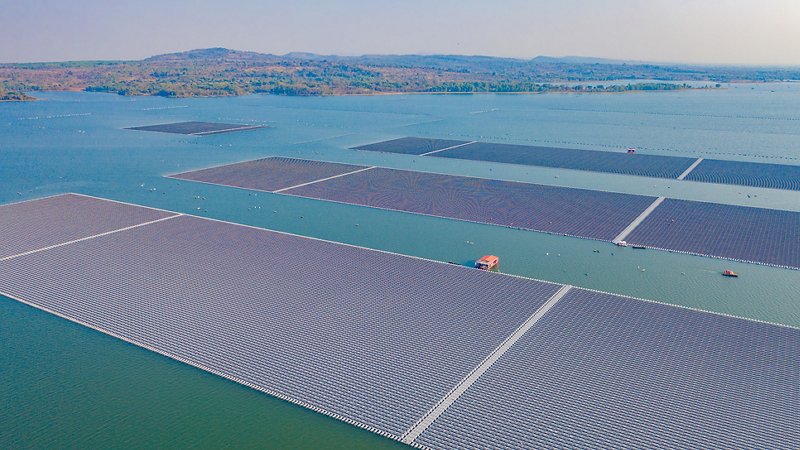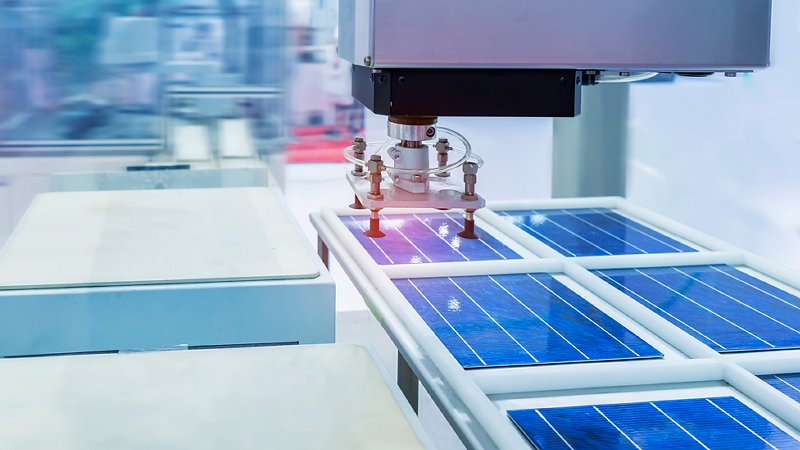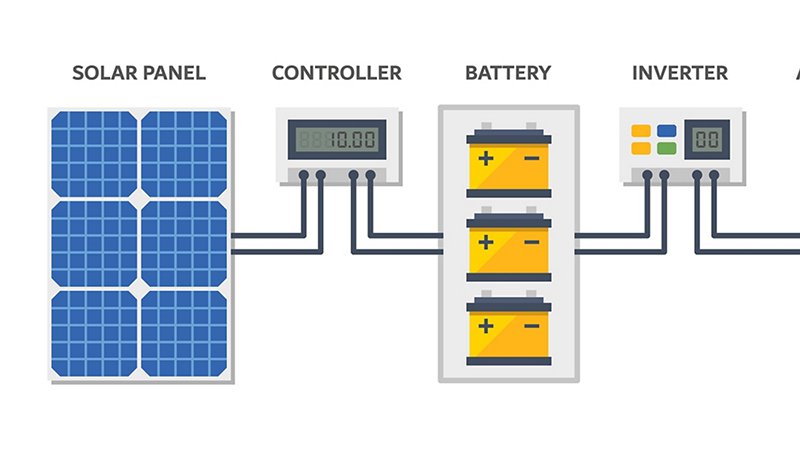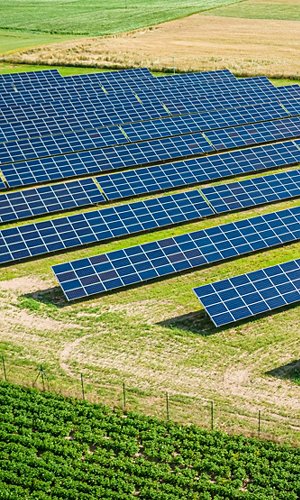Solar energy is the primary tenant of harnessing the sun’s vast output and converting it into electricity. Solar cells, also known as photovoltaic cells, are the primary means of achieving this conversion. Many of us associate solar energy with massive panel arrays in the desert or the smaller, dark-colored rooftop systems on top of residential homes and commercial buildings. Solar cells work by absorbing sunlight, with the dark, anti-reflective coating on the cells promoting this collection. Right now, no solar cell can absorb 100% of the sun’s rays, although this area is one of the critical inefficiencies that researchers are working to improve. The light passes through the cell, which consists of two layers of semiconductors with opposite charges. These semiconductors absorb the light and result in an electrical current.
Each cell is designed to generate only a set amount of electricity, and due to the rate of absorption, its typically just a small wattage, which is why you see cells linked together in most arrays. The overall size of the array panel is tied directly to the area requiring electricity.


